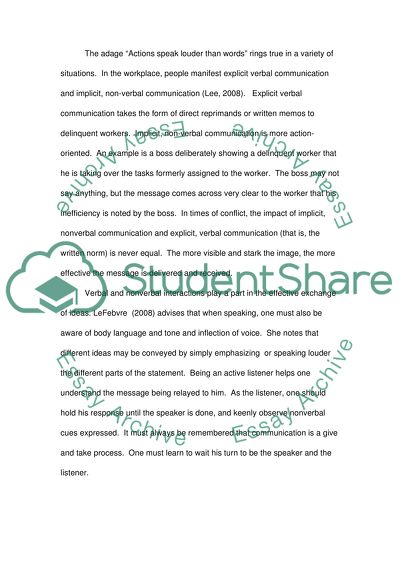Cite this document
(“Cementing Intercultural Communication Gaps For Smoother Roads to Research Paper”, n.d.)
Retrieved de https://studentshare.org/journalism-communication/1390355-cementing-intercultural-communication-gaps-for-smoother-roads-to-harmony
Retrieved de https://studentshare.org/journalism-communication/1390355-cementing-intercultural-communication-gaps-for-smoother-roads-to-harmony
(Cementing Intercultural Communication Gaps For Smoother Roads to Research Paper)
https://studentshare.org/journalism-communication/1390355-cementing-intercultural-communication-gaps-for-smoother-roads-to-harmony.
https://studentshare.org/journalism-communication/1390355-cementing-intercultural-communication-gaps-for-smoother-roads-to-harmony.
“Cementing Intercultural Communication Gaps For Smoother Roads to Research Paper”, n.d. https://studentshare.org/journalism-communication/1390355-cementing-intercultural-communication-gaps-for-smoother-roads-to-harmony.


